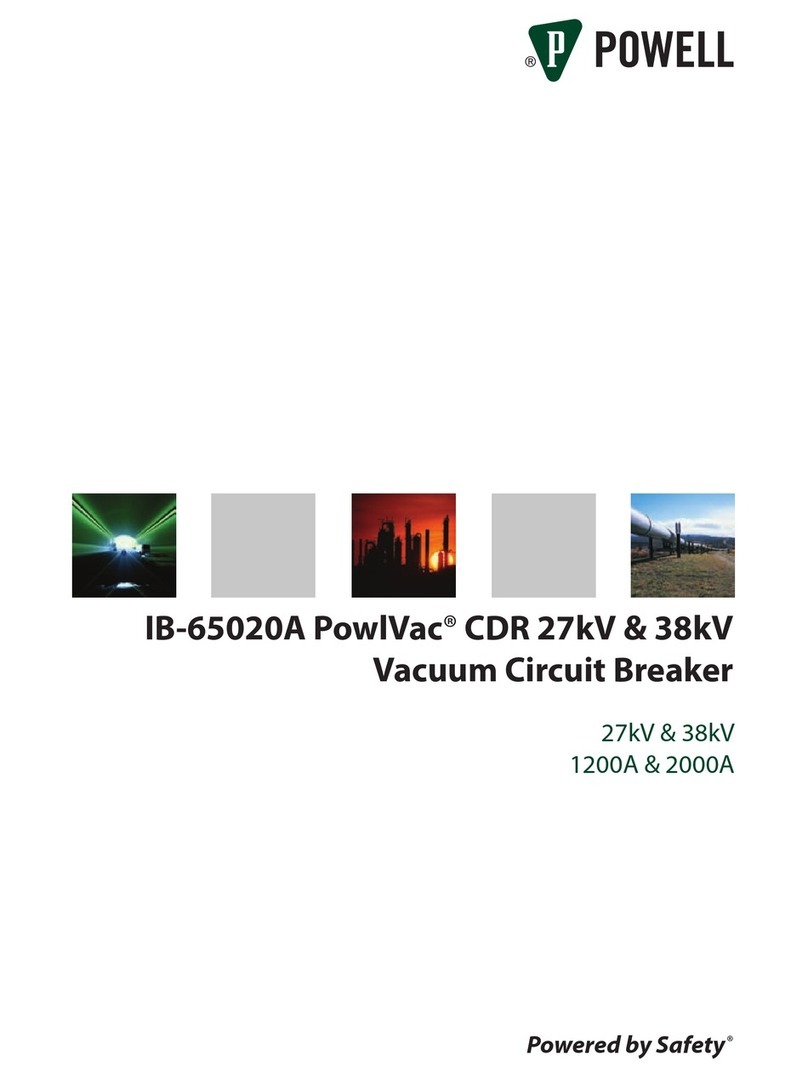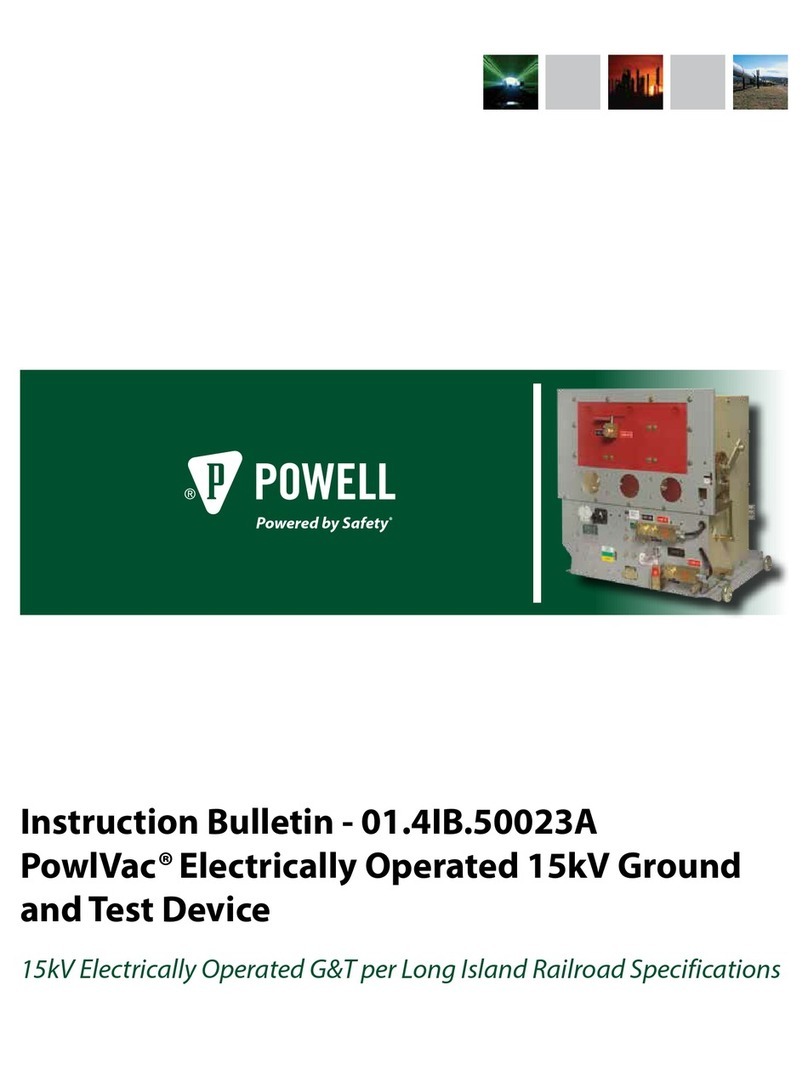
Powered by Safety®iii
IB-60201
Ch 5 Maintenance...........................................................................................................39
A. Ge n e r A l de S c r I p t I o n ........................................................................................................................................ 39
1) Introduction.............................................................................................................................................................................39
2) Inspection and Cleaning ......................................................................................................................................................40
B. Me c h A n I S M Ar e A ............................................................................................................................................. 40
1) Mechanical Operation ..........................................................................................................................................................40
2) Lubrication...............................................................................................................................................................................44
3) Closing Spring Removal........................................................................................................................................................44
4) Slow Closing of Mechanism.................................................................................................................................................45
5) Mechanism Adjustments......................................................................................................................................................46
6) Electrical Operation...............................................................................................................................................................50
c. vA c u u M In t e r r u p t e r A n d co n t A c t Ar e A ............................................................................................................. 50
1) Vacuum Interrupter and Contact Erosion........................................................................................................................50
2) Vacuum Integrity....................................................................................................................................................................51
3) Mechanical Adjustment of Vacuum Interrupters ...........................................................................................................51
d. op t I o n A l MA I n t e n A n c e pr o c e d u r e S ................................................................................................................... 51
1) High Potential Tests ...............................................................................................................................................................51
2) Timing.......................................................................................................................................................................................51
3) Primary Resistance Check ....................................................................................................................................................52
Ch 6 Recommended Renewal Parts and Replacement Procedures ...............................53
A. or d e r I n G In S t r u c t I o n S ..................................................................................................................................... 53
B. re c o M M e n d e d re n e W A l pA r t S ........................................................................................................................... 53
c. re p l A c e M e n t pr o c e d u r e S .................................................................................................................................. 53
1) Vacuum Interrupter Assembly.............................................................................................................................................54
2) Sliding Contact Finger Assembly........................................................................................................................................58
3) Closing Coil Assembly ...........................................................................................................................................................58
4) Primary Shunt Trip Coil Assembly ......................................................................................................................................59
5) Secondary Shunt Trip Coil Assembly .................................................................................................................................59
6) Undervoltage Device Assembly (UV).................................................................................................................................60
7) Charging Motor Assembly ...................................................................................................................................................60
8) Anti-Pump Relay Assembly..................................................................................................................................................60
9) Latch Check Switch................................................................................................................................................................61
10) Motor Cutoff Switch Assembly............................................................................................................................................61
11) Auxiliary Switch ......................................................................................................................................................................62
12) Primary Disconnecting Device Spring Assembly............................................................................................................62
Courtesy of NationalSwitchgear.com



































